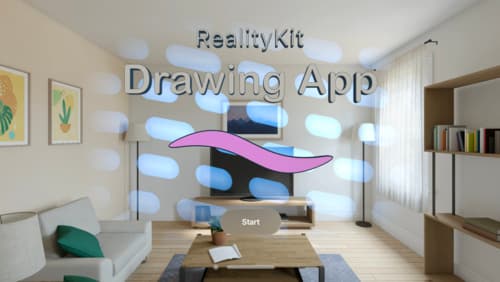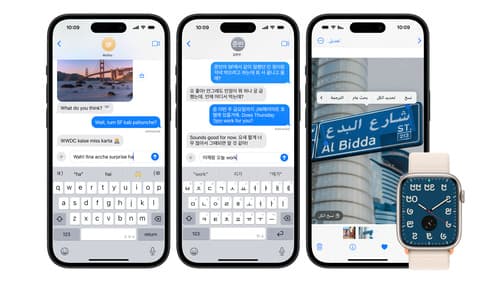How to use the new text renderers APIs introduce in 2024?
Asked on 2024-11-02
1 search
To use the new text renderer APIs introduced in 2024, you can follow these steps as outlined in the session "Create custom visual effects with SwiftUI":
-
Implement the Text Renderer Protocol: The core of the text renderer protocol is the
drawLayoutmethod. This method takes two arguments:textLayoutandgraphicsContext. ThetextLayoutallows access to individual components of the text, such as lines, runs, and glyphs, while thegraphicsContextis used for drawing. -
Iterate Over Text Layout: For a minimal text renderer, iterate over the individual lines of the layout using a for loop and draw them into the context. This provides the default rendering behavior.
-
Animate Text: To animate text, add properties to your text renderer such as
elapsed(time passed),elementDuration(time for animating a line or character), andtotalDuration(total animation time). -
Use the Text Attribute Protocol: Introduced alongside the text renderer, this protocol allows you to pass data from your text to your text renderer. You can apply custom attributes to text using the
customAttributetext modifier. -
Create Custom Transitions: Implement custom transitions by using the text renderer to animate text. You can use the
textRendererview modifier to set your custom renderer.
For more detailed guidance, you can refer to the session Create custom visual effects with SwiftUI (12:49) which covers text transitions.

Create custom visual effects with SwiftUI
Discover how to create stunning visual effects in SwiftUI. Learn to build unique scroll effects, rich color treatments, and custom transitions. We’ll also explore advanced graphic effects using Metal shaders and custom text rendering.

Build a spatial drawing app with RealityKit
Harness the power of RealityKit through the process of building a spatial drawing app. As you create an eye-catching spatial experience that integrates RealityKit with ARKit and SwiftUI, you’ll explore how resources work in RealityKit and how to use features like low-level mesh and texture APIs to achieve fast updates of the users’ brush strokes.

Build multilingual-ready apps
Ensure your app works properly and effectively for multilingual users. Learn best practices for text input, display, search, and formatting. Get details on typing in multiple languages without switching between keyboards. And find out how the latest advances in the String Catalog can make localization even easier.
